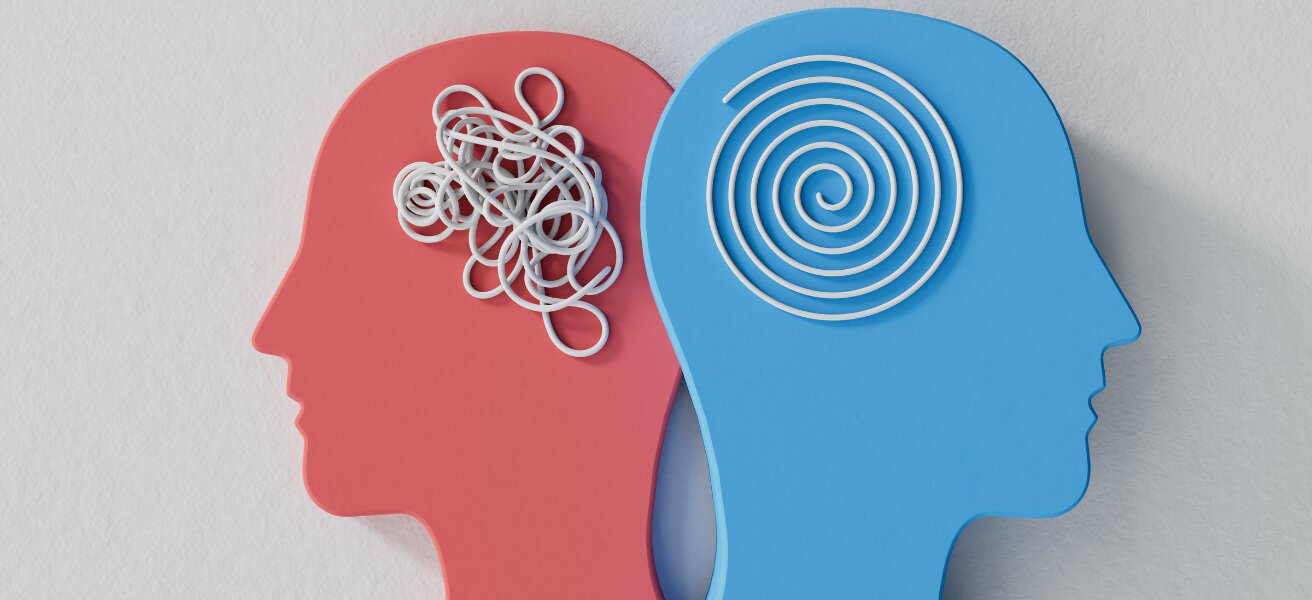When people talk about ADHD paralysis, they usually mean the frustrating experience of feeling stuck, unable to start or finish a task, even when they know it’s important. This is closely tied to executive dysfunction, the scientific term for difficulties with planning, organization, and self-regulation that are common in ADHD.
Although the two overlap, ADHD paralysis and executive dysfunction are not identical. Understanding their differences can help students, parents, and educators find strategies that actually work.
What Is Executive Dysfunction?
Executive dysfunction refers to challenges with the brain’s “executive functions,” the mental skills that help us manage daily life. These include:
- Task initiation (getting started)
- Time management and organization
- Prioritization and decision-making
- Working memory
- Emotional regulation and impulse control
Executive dysfunction is not unique to ADHD. It also appears in conditions like anxiety, depression, autism, traumatic brain injury, and even during periods of high stress or fatigue.
Psychologist Russell Barkley (2011) argues that the core difficulty in ADHD is impaired behavioral inhibition, trouble with stopping, pausing, or regulating actions. This lack of inhibition disrupts other executive functions like working memory, planning, and emotional control. In short: executive dysfunction is not the defining feature of ADHD, but it is one of its most common and disruptive consequences (Barkley, 2011).
Related reading: What Is Executive Function Coaching?
What Is ADHD Paralysis?

ADHD paralysis is not a clinical diagnosis but a widely used community term. It describes those moments when executive dysfunction becomes overwhelming, leading to a state of mental or physical “freeze.”
Common experiences include:
- Task paralysis – knowing you need to start but feeling unable to move forward
- Choice paralysis – becoming stuck because too many options feel equally overwhelming
- Mental paralysis – getting trapped in cycles of overthinking, distraction, or stress
This paralysis can feel exhausting and discouraging, especially when others misinterpret it as laziness or lack of effort. In reality, it’s a neurological response connected to ADHD’s challenges with dopamine regulation, inhibition, and stress (ADDitude Magazine).
See also: Executive Functioning Coaching: Unlocking Student Potential
ADHD Paralysis vs Executive Dysfunction
The difference lies in scope:
- Executive dysfunction is the broader, ongoing difficulty with self-management skills. It occurs in ADHD but also in many other conditions.
- ADHD paralysis is a specific experience within ADHD when executive dysfunction leads to feeling “frozen” and unable to act.
Put simply: all ADHD paralysis comes from executive dysfunction, but not all executive dysfunction looks like paralysis.
Strategies to Overcome ADHD Paralysis
There’s no single fix, but structured support and external systems can make a big difference. Helpful strategies include:
- Breaking work into very small steps so starting feels manageable
- Using timers or visual cues to prompt task initiation
- Accountability systems such as body doubling or regular check-ins
- Environmental adjustments like preparing a workspace in advance
- Practicing self-compassion, reframing paralysis as a brain-based response rather than a failure
Executive function coaching is particularly effective because it combines structure, accountability, and practical skill-building. Therapy and medication can also help reduce the intensity of paralysis and improve overall functioning.
Strategies to Overcome Executive Dysfunction

There’s no quick fix for executive dysfunction, but consistent strategies and external support systems can make daily life more manageable. Helpful tools and approaches include:
- Breaking tasks into tiny, concrete steps so initiation feels less overwhelming
- Using visual schedules or checklists to track progress and reduce mental clutter
- Setting external cues like alarms, timers, or reminders to prompt transitions
- Incorporating accountability systems such as body doubling or regular check-ins
- Organizing the environment in advance to reduce decision fatigue and distractions
- Reframing difficulties with self-compassion by understanding that paralysis is a brain-based response, not a personal failure
Executive dysfunction isn’t about motivation or willpower. It reflects real challenges in how the brain manages tasks, time, and focus. Executive function coaching can be particularly effective because it combines structure, accountability, and skill-building. Therapy and medication may also help reduce overwhelm and improve follow-through.
Key Takeaway
Executive dysfunction is a broad set of challenges with planning, time management, and self-regulation that appear in ADHD and many other conditions. ADHD paralysis is a specific experience within ADHD when executive dysfunction leads to feeling “frozen” and unable to act.
Recognizing the difference helps students and families understand what’s really happening — and opens the door to strategies that reduce shame and make daily life more manageable.
👉 Explore Untapped Learning’s 6–12 Grade Coaching Programs to see how structured support can help students break through ADHD paralysis and strengthen executive function skills.





